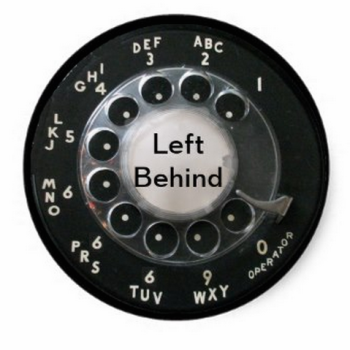(A belated Christmas post.)
And Mary said: "My soul glorifies the Lord and my spirit rejoices in God my Savior, for he has been mindful of the humble state of his servant. From now on all generations will call me blessed, for the Mighty One has done great things for me — holy is his name. His mercy extends to those who fear him, from generation to generation.
He has performed mighty deeds with his arm; he has scattered those who are proud in their inmost thoughts. He has brought down rulers from their thrones but has lifted up the humble. He has filled the hungry with good things but has sent the rich away empty.
He has helped his servant Israel, remembering to be merciful to Abraham and his descendants forever, even as he said to our fathers."
— Luke 1:46-55
My favorite picture of Mary is from Henry Ossawa Tanner's "The Annunciation" (see a much larger image here).
Like every picture of Mary, it is a work of the imagination, but it rings true. Tanner shows Mary as a very young girl. She looks small and scared and brave, all of which she was.
"You will be with child and give birth to a son," the angel said to her. "The Lord God will give him the throne of his father David, and he will reign over the house of Jacob forever; his kingdom will never end."
With the angel's promise still ringing in her ears, this young girl sings her Magnificat — a song of praise and revolution:
"He has brought down rulers from their thrones but has lifted up the humble. He has filled the hungry with good things but has sent the rich away empty."
Luke's Gospel records the Magnificat. And it is Luke who tells us, in the midst of his extended account of the Christmas story, that "Mary treasured up all these things and pondered them in her heart."
Luke did not write as an eyewitness to these events, but as a journalist. "I myself have carefully investigated everything" he writes. And because his account includes material about Mary that the other Gospels do not, many scholars believe that Luke's careful investigation involved him meeting and discussing these things with Mary herself.
But Luke never met the young Mary we see in Tanner's painting. If he met Mary, it was many years after the events described in the first chapters of his Gospel.
When Mary recounted her Magnificat to this eloquent gentile years later she was no longer still giddy with the angel's heady promise of King David's everlasting throne. She was an old woman who had watched as her eldest son was arrested, beaten and put to death as a criminal.
Yet still she repeats this song triumphantly —
"He has brought down rulers from their thrones but has lifted up the humble. He has filled the hungry with good things but has sent the rich away empty."
She sings this song for the Syrian journalist as though her son had marched to Rome and toppled mighty Caesar — as though the revolution it speaks of had succeeded and her slain son had been lifted up to a throne instead of to a Roman cross.
What can explain this?
Perhaps as an old woman Mary had succumbed to grief and been driven mad. Or, maybe, she understood something about her son and his revolutionary, mustard-seed kingdom that most of us still do not.












